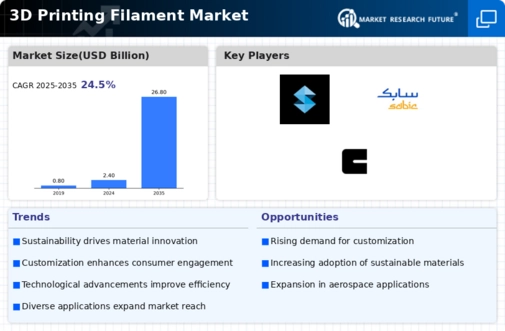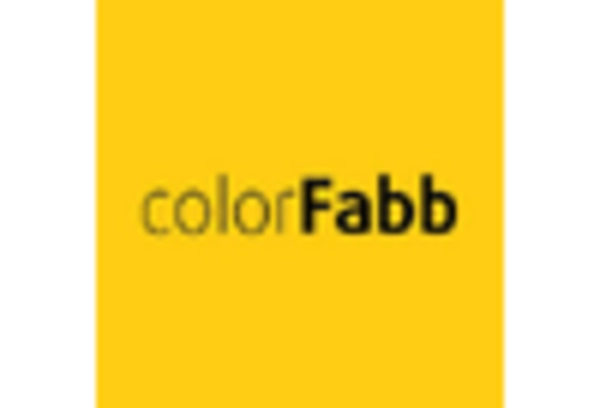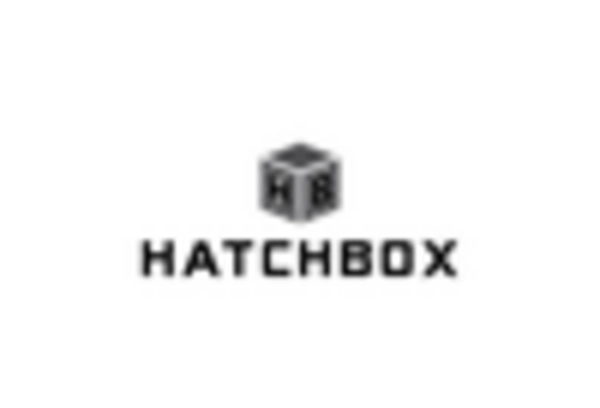The competitive landscape of the 3D printing filament market is highly fragmented, with a large number of players operating in the market. Some of the key players in the market include, Stratasys, Ltd., 3D Systems Corporation, Arkema S.A., Koninklijke Dsm N.V and others. These players are competing on the basis of factors such as product quality, pricing, innovation, and customer service. The market is also characterized by continuous product innovations and new product launches, leading to intense competition.
Moreover, the increasing demand for 3D printing technology and the growing popularity of 3D printing in various industries are driving the growth of the market.
Stratasys Ltd.: Stratasys Ltd. is a leading provider of 3D printing and additive manufacturing solutions. The company was founded in 1989 and is headquartered in Rehovot, Israel. It has operations in North America, Europe, and Asia Pacific. Stratasys offers a wide range of 3D printing technologies, including Fused Deposition Modeling (FDM), Stereolithography (SLA), and PolyJet technology. The company's products are used in a variety of industries, including aerospace, automotive, healthcare, consumer goods, and education.
Stratasys is committed to innovation and has developed a number of industry-leading 3D printing solutions, such as the Connex3, Fortus 900mc, and Objet260 3D printers. The company also provides a range of materials, including thermoplastics, photopolymers, and composites, to meet the needs of its customers. In addition to its 3D printing solutions, Stratasys also offers a range of software and services, including product design and development, reverse engineering, and prototyping. The company's software solutions include GrabCAD Print, Insight, and GrabCAD Workbench, among others.
Stratasys has a strong reputation in the industry and has received numerous awards and recognition for its innovation and leadership in the 3D printing market. The company is committed to driving growth and expanding its market presence, and is well-positioned to continue to play a key role in the future of 3D printing and additive manufacturing.
3D Systems Corporation: 3D Systems Corporation is a global provider of 3D printing and digital manufacturing solutions. The company was founded in 1986 and is headquartered in Rock Hill, South Carolina. 3D Systems offers a range of products and services, including 3D printers, materials, software, and services. The company's products and services are used by a variety of industries, including healthcare, aerospace, automotive, and consumer goods. 3D Systems also provides digital manufacturing solutions, such as rapid prototyping and direct digital manufacturing, to help companies produce parts and products more efficiently.
The company has a strong presence in the global market, with a network of over 200 dealers and distributors in over 50 countries. 3D Systems has also established partnerships with a number of leading companies in various industries, allowing the company to leverage its expertise and technology to offer comprehensive solutions to its customers. 3D Systems is committed to innovation and is constantly developing new solutions to meet the evolving needs of its customers. The company has invested heavily in research and development, and has a strong patent portfolio that protects its intellectual property.
With its broad range of products, services, and expertise, 3D Systems is well positioned to continue its growth and success in the years ahead.


















Leave a Comment